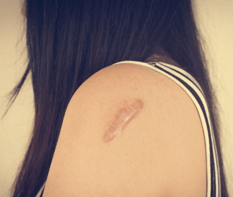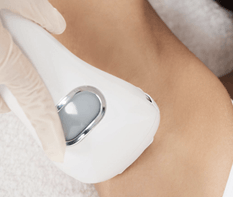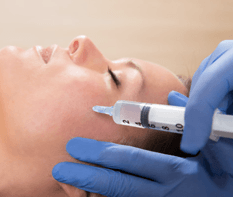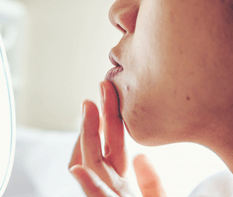Stretch Marks
Stretch Marks Treatment
Stretch marks are a part of the human condition, but they do not have to remain. With the correct treatment, you can lessen their visibility and even alleviate that pesky itch!

What is the Meaning of Stretch Marks?
Stretch marks are a natural part of life. We all get them and they can be a bothersome topic to talk about with other people unless it is someone who has experienced the same thing. Stretch marks come in all shapes, sizes, and colors. Some are barely noticeable while others are quite disturbing to look at. The size of your stretch mark depends on how much you have grown over the years or months since they first appeared on your body! Stretch marks are a common skin condition that many people have. Stretch marks occur when the dermis layer of your skin is stretched too quickly without enough time to catch up and make new cells. The result is discolored streaks across the surface of your skin, which can be red, purple, or white.
There are a few different types of stretch marks. Linear or “straight” stretch marks appear as thin, white lines and often happen in pregnancy because the stomach expands so quickly that skin does not have time to grow right behind it and catch up with where your skin would normally be. They also can occur when you lose too much weight too fast (or put on just as much) without giving enough time for your body’s cells to adjust. Horizontal or “wavy” stretch marks show up more red than linear ones do and produce wider streaks across the surface of the skin. These typically happen during puberty from rapid growth spurts but they can also come about if someone experiences chronic conditions like diabetes, which affects how insulin is processed by their.


Stretch marks are a form of scarring that appears on the surface of the skin and can be caused by pregnancy, rapid weight gain or loss, hormone treatments for cancer, and other conditions. The severity is different for everyone but most people get them in their late teens to early twenties. Stretch marks start out red or purple then fade to white over time.
Stretch marks are a type of scar that form when the skin is stretched too quickly. They’re usually pink, red or purple and can be found on your arms, thighs, stomach or hips.
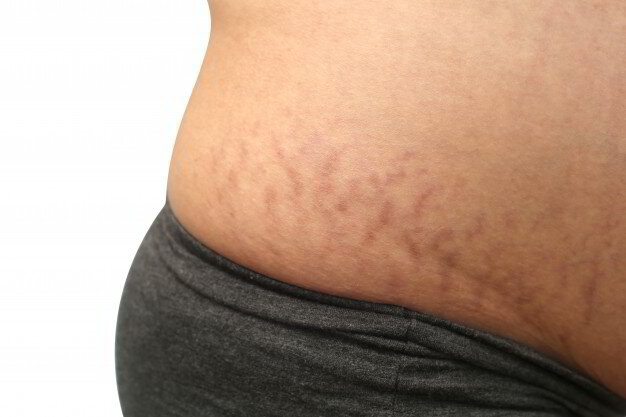

Causes


Treatment
-
What are the likely causes of stretch marks?
-
Other than the most probable reason, what are other potential foundations for indications?
-
What are the available treatment choices and the advantages and disadvantages for each?
-
What results to anticipate?
-
When's the time when you first noticed the stretch marks?
-
Do you have different side effects?
-
What prescriptions would you say you are consuming?
-
Do you routinely utilize steroid skin creams?


